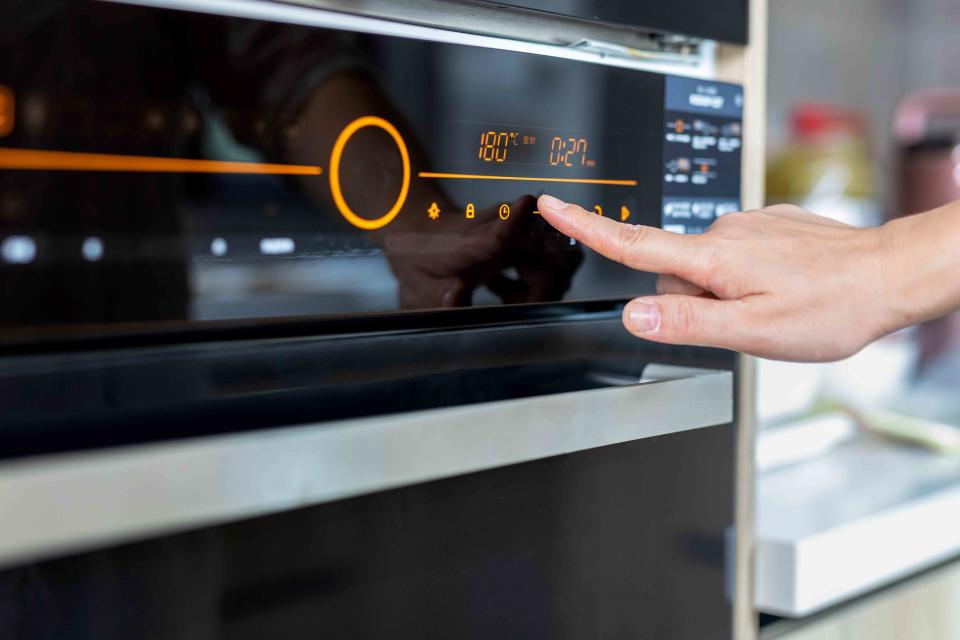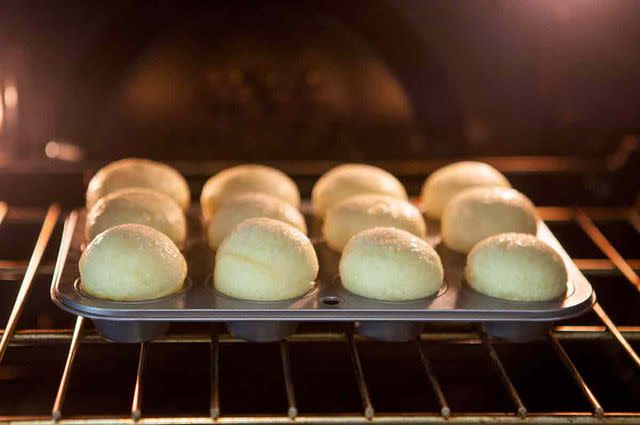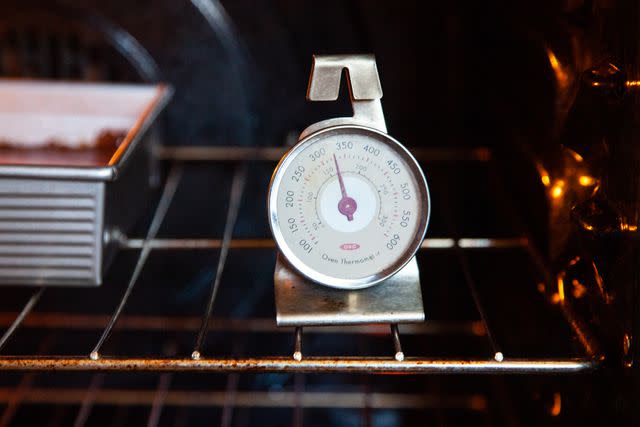Do You Actually Need to Preheat an Oven? A Pro Baker Weighs In
- Oops!Something went wrong.Please try again later.
Your perfect cookies are at stake.

Simply Recipes / Getty Images
You've made the batter, scooped the cookies, scored the loaf, but you realize only now that you forgot to preheat the oven. We’re all guilty of skimming a recipe sometimes, or just plain missing a step. At some point, all of us have been in this situation—and it may have you wondering if you can get away without preheating the oven.
Why Preheating Is Important
Preheating the oven is simply turning on the oven to the desired baking temperature ahead of time so it reaches that temperature before you start to bake. You might take it for granted, but a hot oven from the get-go kickstarts all your favorite baking reactions. It puts the puff in puff pastry, creates the flaky layers in pie crust, gives your sourdough loaf its oven spring, and commences double-acting baking powder's second act.

Simply Recipes / Elise Bauer
What Can Happen When You Don’t Preheat
What happens when you don't preheat the oven varies depending on what you're baking. Each category of baked goods requires various reactions activated by heat. Let's take a look at what will happen in each case.
Cookies: If you start cookies in a cold oven, they may spread too much. Cookies rely on an initial blast of heat to set the edges, so they hold their shape as the fat in the dough melts and spreads. Because it will take longer for the cookies to bake, there's more time for water to evaporate, and they will come out dry instead of moist and chewy. They'll also look pale, as the Maillard reaction responsible for browning doesn’t occur until at least 284°F.
Cakes: Baking cakes can also go awry when you don’t preheat the oven. Heat expands the air pockets developed when creaming butter and sugar, providing lift. It also activates double-acting baking powder. Without the initial heat to jumpstart these processes, cakes turn out dense and flat. They’ll also form a thicker crust from the extended baking time, which isn't usually desirable in a cake.
Bread and yeasted pastries: When you bake a loaf of bread, the yeast goes into overdrive before it dies off from the heat. The heat also causes the gasses in the dough created by the yeast to expand rapidly. This process is called oven spring, and if you bake bread, you know the importance of this initial rise and how satisfying it is to watch. Without the initial blast of heat from a preheated oven, oven spring won't occur. The yeast lives longer, and the loaf will overproof and collapse. The crust won’t darken, and you’ll miss the toasty flavors that come with a golden-brown crust.
Pies and flaky pastries: If you don't preheat the oven for pies and pastries, you'll end up with soggy pies and flat pastries surrounded by a pool of melted butter.
Meringue: Even meringue, which usually bakes slowly at a low temperature, will collapse before it can set if the oven isn’t hot enough when it starts baking.
Follow the Recipe
Have you ever noticed that not all recipes start out with preheating the oven? That’s because the best time to preheat the oven depends on what you’re making. A good recipe will indicate when to preheat the oven so it times out just right.

Simply Recipes / Irvin Lin
When You Don’t Need to Preheat
I almost always recommend preheating the oven for baking. I know there’s a recipe out there for a cold-oven pound cake, but that cake is so dense and bakes at such a low temperature for such a long time that there really isn't much of a difference if you don't preheat the oven.
There are few occasions where you can get away with not preheating the oven: reheating bread or reviving stale bread. While these are situations that you can get away with it, it’s not necessarily something I’d recommend.
Read the original article on Simply Recipes.

